CHAPTER 13, WHAT ARE THE PARTS OF DIGESTIVE SYSTEM? HOW DOES IT WORK?
CHAPTER 13, WHAT ARE THE PARTS OF DIGESTIVE SYSTEM? HOW DOES IT WORK?
[ ইংরেজীতে প্রকাশিত করা হল কিছু কিছু বাংলাদেশী বংশোদ্ভূত বিদেশে অবস্থানরত ছাত্র পাঠকেরা যারা বাংলা ভাষা পড়তে পারেনা, তাদের অনুরোধে, দুখিত ]
Dear viewers,
It is written as a primary knowledge for the students who are interested in studying medical sciences.
It may be somewhat useful for them.
Today we are discussing about The Digestive System, what its parts are and how it works.
Please open the You Tube links and figure links to understand clearly.
PAROTID (SALIVERY) GLAND
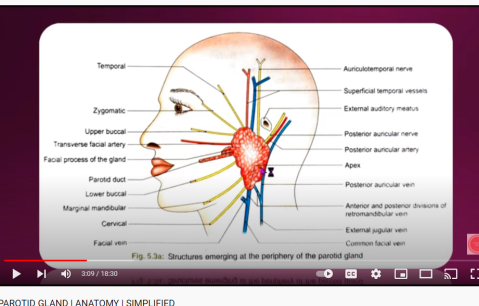
FIGURE-1
YOU TUBE LINK- https://www.youtube.com/watch?v=HB6bN-rs2NU
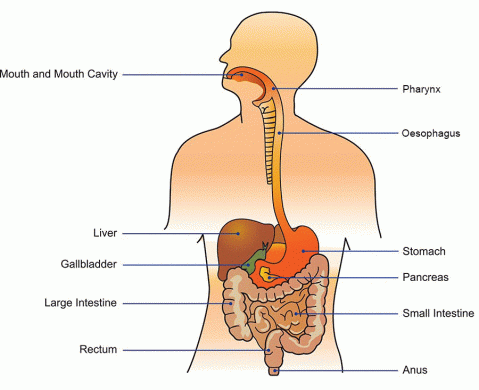
FIGURE-2
Source of figure- https://www.healthdirect.gov.au/digestive-system
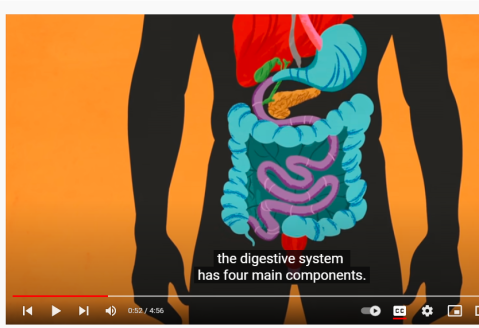
Figure-3
You tube link-
https://www.youtube.com/watch?v=Og5xAdC8EUI&t=17s
PERITONIUM MESENTRY
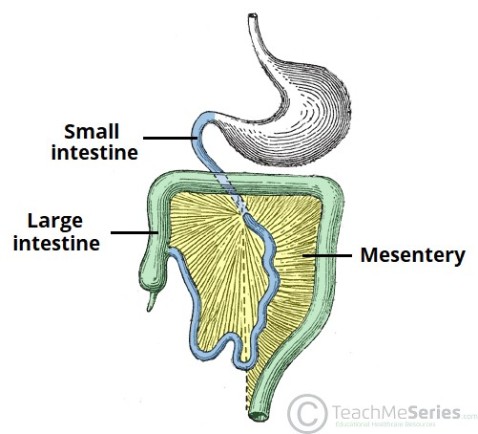
FIGURE- 4
FIGURE- SOURCE OF THE FIGURE https://teachmeanatomy.info/abdomen/viscera/mesentery/
PERITONIUM GREATER AND LESSER OMENTUM
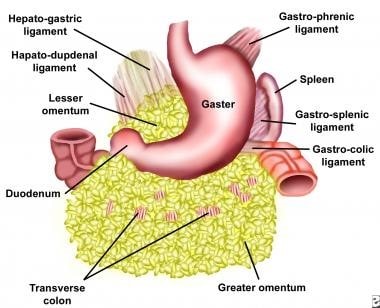
FIGURE-5
SOURCE OF THE FIGURE-https://emedicine.medscape.com/article/193622-overview
LAYERS OF DIGESTIVE TRACT-
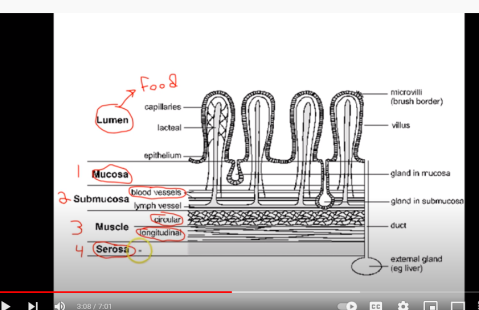
FIGURE-6
LINK TO YOU TUBE-
https://www.youtube.com/watch?v=VSPdLCwfMu8&t=150s
WALL OF THE DIGESTIVE TRACT

FIGURE-7
LINK TO YOU TUBE-
https://www.youtube.com/watch?v=7rFrnnrus7Y
HOW MANY TYPES OF MAIN FOOD GROOPS ARE?
Answer- Three main types-
- CARBOHYDRATES- as rice, bread, cereals, fruits etc.
- PROTENS- as meat, fish ,egg, milk etc.
- FATS- as butter, ghee, oils, egg yolk, milk etc.
HOW MUCH ENERGY IS GIVEN BY FOOD?
Answer-
1 gram of carbohydrate gives 4 calories
1 gram of protein gives 4 calories
1 gram of fat gives 9 calories
How many types of carbohydrates are structurally?
5 types-
- POLYSACHARIDE- It contains many molecules of monosaccharide-
- Oligosaccharide- it contains 3-6 monosaccharide-
- Disaccharide – it contains 2 molecules of monosaccharaides-
- Nucleotide- it is a component of nucleic acid or DNA
- It is a single component of carbohydrate- they are three types- 1. Glucose. 2. Fructose. 3. Galactose.
So the end product of polysaccharides are monosaccharide.
Chemical structure of polysaccharide disaccharide, and monosaccharide-

Figure-8
Source of figure
https://www.scienceofcooking.com/chemical_physical_properties_polysaccharides.htm
–
WHAT ENZYMES BREAK DOWN CARBOHYDRATE INTO MONOSACCHARAIDES (GLUCOSE)?
Answers-
- SALIVARY AMYLASE- secreted in mouth by chewing.
- PANCREATIC AMYLASE secreted by pancreas.
- MALTASE, SUCRASE AND LACTASE- secreted by intestinal glands.
Source for links– https://healthyeating.sfgate.com/steps-digestion-carbohydrates-4053.html
PROTEIN
Proteins are composed of AMINO ACIDS or Proteins are formed by joining of Amino acid through peptide bonds.
So the end products of proteins are Amino acids.
Chemical Structure of an amino acid-
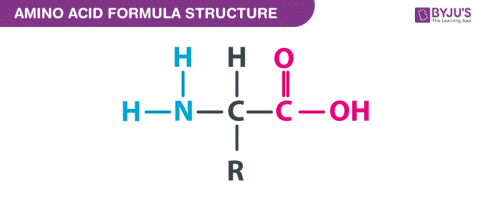
Figure-9
Source of figure- https://byjus.com/amino-acid-formula/
Chemical structure of a protein-
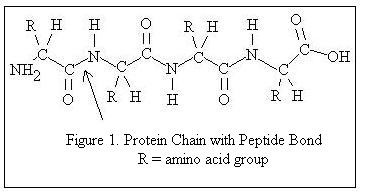
Figure-10
Source of figure-
http://milkfacts.info/Milk%20Composition/Protein.htm
WHAT ENZYMES BREAK DOWN PROTEINS?
Answer-
- Protease and hydrochloric acid secreted from stomach.
- From intestine- Trypsine, Chymotrypsine, carboxy peptidase
Source for link- https://www.healthline.com/health/protein-digestion#enzymes
chemical structure of a fatty acid-
Chemical structure of a fat
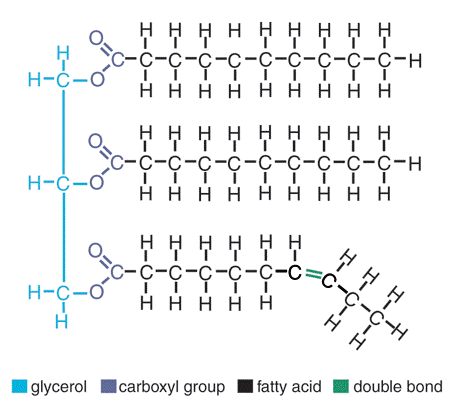
Figure-11
Source of figure- https://www.visionlearning.com/en/library/Biology/2/Lipids/207
Figure-
Source of figure- https://courses.lumenlearning.com/pierce-nutritionmaster/chapter/essential-fatty-acids/
WHAT ARE THE ENZYMES BREAKDOWN FATS?
Answer-
- Lipase – secreted from stomach and Pancreas.
- Bile- secreted from liver
Source of link-
https://therahealth.com.au/enzymes-for-fat-digestion/

Figure- 12
Source of figure- https://www.palmbeachstate.edu/slc/Documents/AandPch22LecturePearson.pdf
DATE- 01/15/2022
BLOG LINK-
